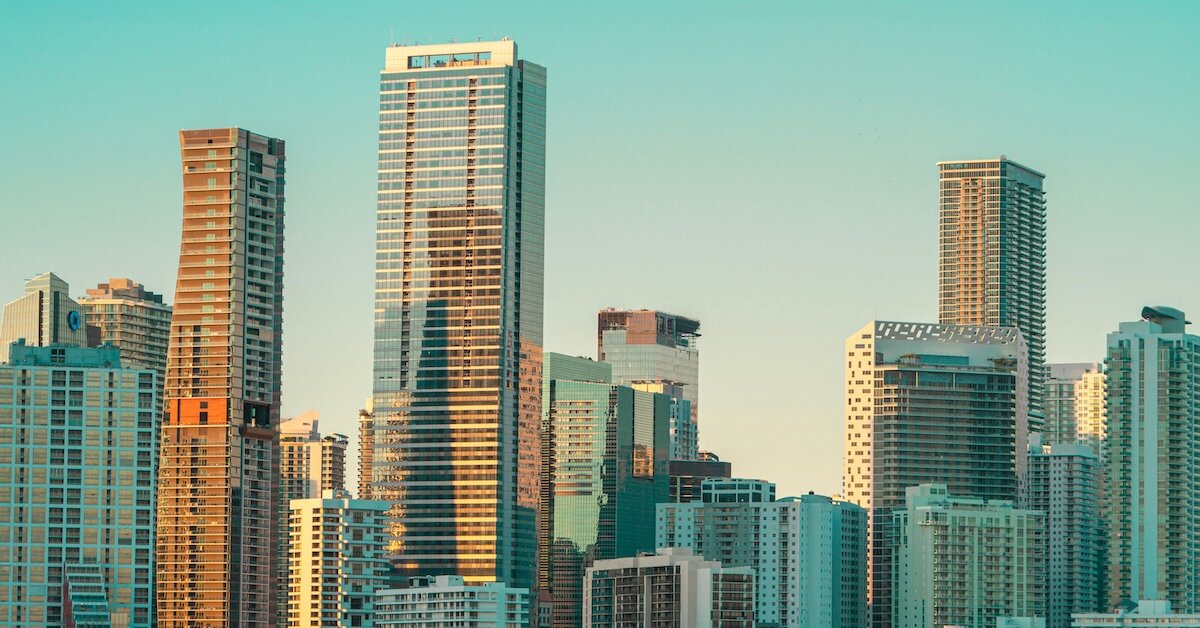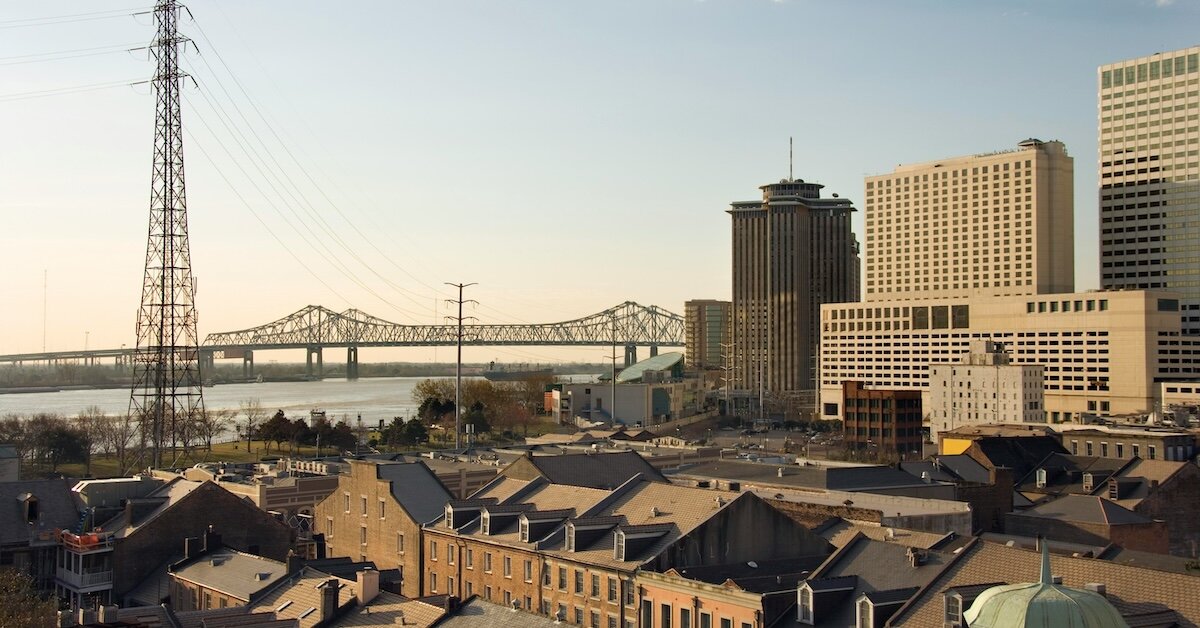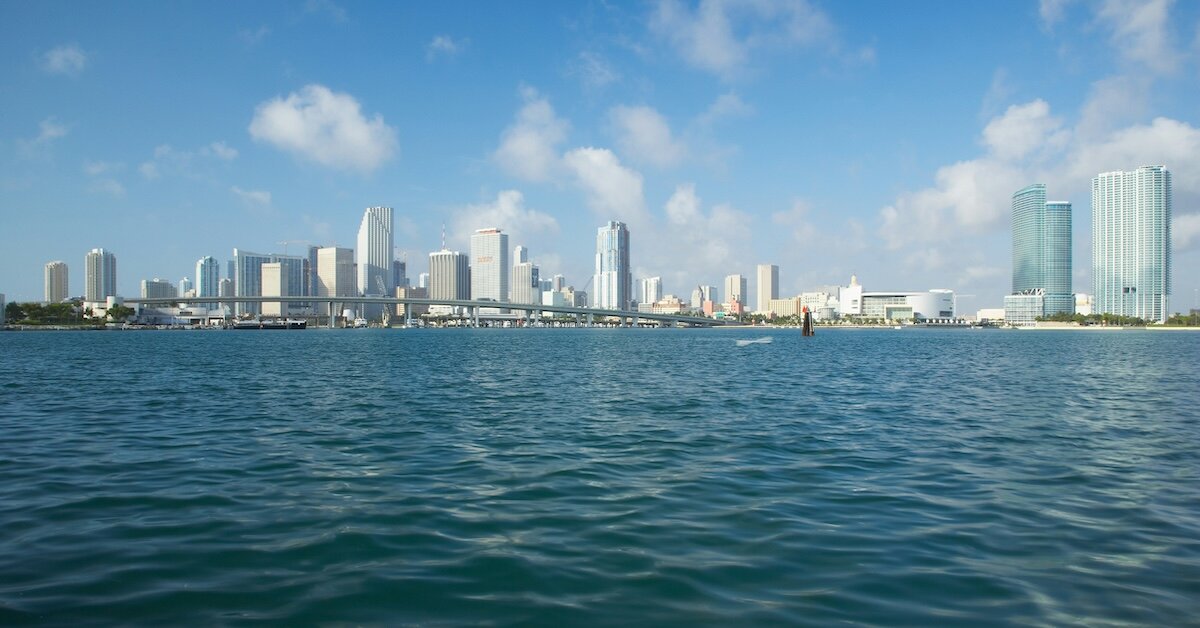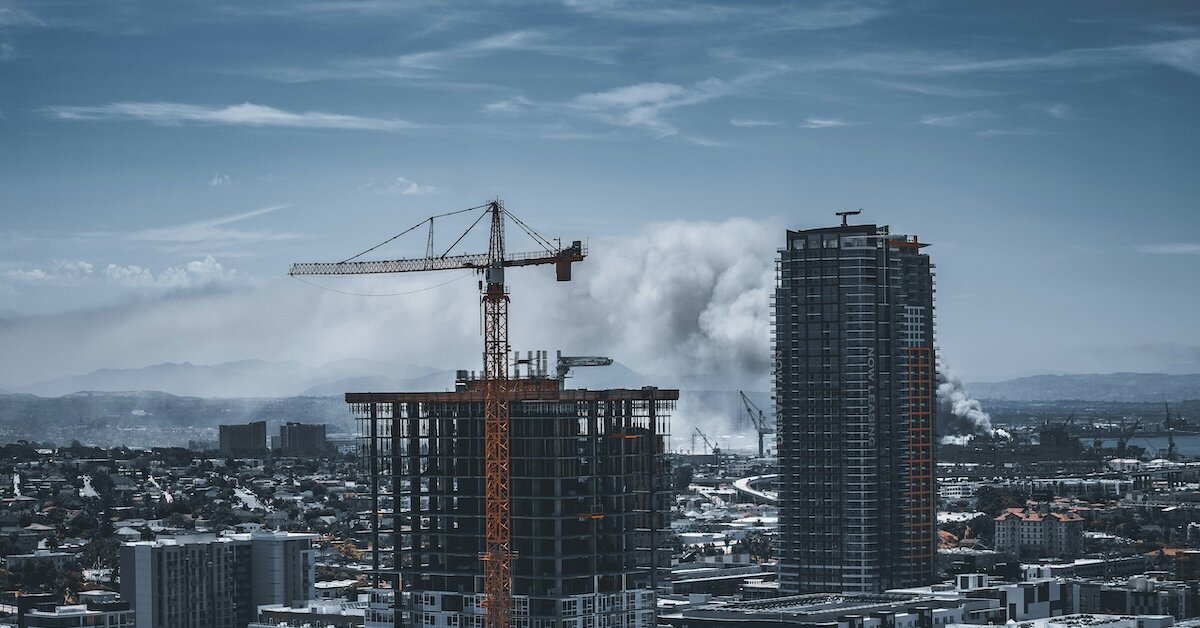Everything To Know About Commercial Property Insurance


Insuring commercial properties presents a unique set of challenges and considerations. Unlike residential properties, commercial ones encompass a broad spectrum - from office buildings and retail stores to warehouses and industrial facilities, each with specific risks and coverage needs.
Most investors are familiar with homeowners insurance for a primary residence. However, when it comes to commercial properties, the game changes significantly. The risks are different, the coverage needs are expansive, and the policies are complex.
In addition to these complexities, an escalating concern is becoming increasingly hard to ignore: the rising cost of commercial property insurance. This key issue adds another challenge for investors and practitioners in the commercial real estate sector.
This article provides a comprehensive overview of commercial property insurance. From what it covers and doesn't cover to additional coverages to consider, ways to value a commercial property for insurance purposes, and strategies to possibly lower your insurance costs, this post explains it all - without the jargon, straight to the point.
What Commercial Property Insurance Covers
Buildings
The primary focus of commercial property insurance is the physical building or structure. This coverage extends to completed additions, permanently installed fixtures, and even machinery and equipment that are integral to the building. Whether it's damage from a natural disaster or an unexpected fire, the policy covers the cost of repairs or replacement.
Business Personal Property
This includes items like furniture, equipment, stock, and other personal assets used in the business's daily operations. If these items are stolen or damaged due to a covered event, the policy will cover the replacement cost, ensuring your business can continue to function with minimal disruption.
Personal Property of Others
Personal property of others applies to assets your business doesn't own but is responsible for, such as borrowed equipment or a customer's property in your care, custody, or control. The policy protects against potential liabilities arising from damage or loss of these items.

What Commercial Property Insurance Does Not Cover
Natural Disasters
Certain natural disasters, such as floods and earthquakes, are typically excluded from standard commercial property insurance policies. These events can cause significant damage, and their coverage often requires additional, specialized insurance policies.
Acts of Terrorism and War
Damages resulting from acts of terrorism, war, or military action are usually not covered under a standard commercial property insurance policy. Coverage for these types of events typically requires a separate policy or endorsement.
Intentional Damage and Normal Wear and Tear
Commercial property insurance does not cover intentional damage caused by the policyholder. Furthermore, normal wear and tear, which refers to the gradual deterioration of property over time due to use and age, is also excluded from the policy.
Specific Policy Endorsements

Additional Coverages To Consider

Valuing Commercial Property for Insurance Purposes
Replacement Cost
Actual Cash Value (ACV)
Functional Replacement Cost
Deductible Types and Amounts
Common Deductible Types
There are several common deductible types in commercial property insurance:
- Per Building Deductible: This type of deductible resets for each building and each damaging event. It means that there is a separate deductible for each building affected. This type of deductible is suitable for businesses with only one building or multiple buildings located far apart.
- Per Occurrence Deductible: This is the total amount the insured is responsible for per event, regardless of the number of buildings damaged. This type of deductible simplifies the process and is recommended for businesses with multiple properties that could be affected by the same event.
- Flat Deductibles: These are straightforward deductibles with a specific dollar amount as the deductible. They are easy to understand and calculate.
- Percentage Deductibles: These are common for wind and hail risks and are calculated as a percentage of the building value. While they can result in higher out-of-pocket costs for more expensive properties, they ensure the deductible amount is proportionate to the risk level of the property.
- Deductible Buy Down Policies: These policies allow businesses to lower the deductible amount by purchasing additional coverage. They can provide peace of mind by reducing out-of-pocket expenses in the event of a claim.
Factors To Consider When Choosing a Deductible Amount
Determining the right deductible amount involves several considerations:

How Much Does Insurance for Commercial Property Cost?
How Much Does Insurance for Commercial Property Cost?
Location
Construction
Use of Property
Occupancy Level
Income Potential
Fire and Theft Protection
Local Regulations and Zoning
Local laws and regulations can also influence commercial property insurance costs. Certain areas have stringent building codes and regulations, which can increase construction and replacement costs. This, in turn, can lead to higher insurance premiums.
Similarly, the property's zoning (whether it's in a commercial, residential, or mixed-use zone) can also impact the insurance cost.

Understanding Property Limits and Maximum Coverage
- Consider Replacement Cost: To ensure adequate coverage, the property should ideally be insured at its total replacement cost, including the building and all business personal property.
- Evaluate Unique Features: If the property has unique features or materials, these may require additional coverage due to higher replacement costs.
- Avoid Underinsurance: Underinsuring the property can lead to coinsurance penalties and potential coverage gaps. It's better to err on the side of over-insurance than to risk being underinsured.
- Consider Additional Coverages: Depending on the nature of your business, you may need additional coverages such as business income and extra expenses, equipment breakdown, and ordinance and law coverage to enhance your insurance program.
- Evaluate Deductible Types and Amounts: Choose between per building or per occurrence deductibles based on your business's risk tolerance and financial capabilities.
- Understand Endorsements and Exclusions: Be aware of any endorsements or exclusions in your insurance policy, such as protective safeguard endorsements, theft exclusions, ACV roof limitations, and cosmetic damage exclusions.
- Stay Informed: Keep abreast of factors that may impact insurance rates, such as increasing construction costs and the frequency of natural disasters.
- Work with a Knowledgeable Broker: Navigating the property insurance market can be complex. Working with a knowledgeable broker can help you understand policy terms and secure the best coverage at competitive pricing.
How To Lower Commercial Property Insurance Costs
- Regular Property Maintenance and Updates: Regular maintenance and updates to the property can help prevent damage, thereby reducing claims and lowering premiums. This includes maintaining the roof, plumbing, and electrical systems, among other things.
- Increase Deductibles: Agreeing to a higher deductible can lower the insurance premium. However, businesses must ensure they can afford the higher out-of-pocket cost in case of a claim.
- Bundling Policies: Many insurance providers offer discounts for bundling multiple insurance policies. Bundling commercial property insurance with other types, such as commercial liability insurance, can save costs.
- Implement Fire-Resistant Materials and Techniques: Using fire-resistant materials in the construction or renovation of a property can help reduce insurance premiums. This includes fire-resistant interior walls, floors, and doors.
- Choose a Favorable Location: Selecting a location with excellent fire protection and limited risk of weather-related catastrophes can result in lower insurance rates. When choosing a location, investors should consider the region's fire protection facilities and natural disaster history.
- Invest in Safety Systems: Investing in safety systems like fire alarms, sprinkler systems, and security systems can significantly lower insurance costs. These systems reduce the risk of significant damage, reducing potential claim amounts.

The Bottom Line: A Strategic Approach to Commercial Property Insurance
Commercial property insurance is a critical component when investing in CRE. While the landscape of commercial properties varies from office buildings and retail stores to warehouses and industrial facilities, one common thread ties them together - the need for effective insurance coverage.
Throughout this post, we've highlighted the importance of understanding the nuances of commercial property insurance. It isn't a simple extension of residential insurance, but rather a complex field with its own set of risks, coverage needs, and policies. Before purchasing a policy, it's essential to understand the value of commercial properties and their potential risks.
Crexi Intelligence, with its access to over 13 million sales comps and 153 million property records, provides invaluable support for investors. It offers detailed property information, transaction history, ownership details, and interactive maps featuring demographic data and points of interest.
So why wait? Sign up for Crexi Intelligence today and learn more about commercial property values, comps, and trends.









